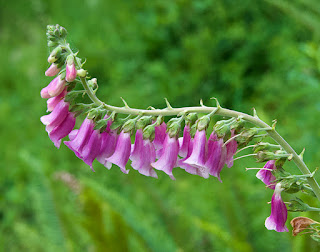July 10, 2021
Still playing catchup, but getting closer. We spent two nights (June 30-July2) at Seaquest State Park in Castle Rock, WA right across the street from the Mt. St. Helens Visitor Center. We were excited to have gotten one of the two sites that were available for those dates. It was disappointing to discover that, because of Covid-19, the center hadn't reopened yet, but we could still explore the area.
On our first evening, we took a hike around Silver Lake right outside of the Visitor Center. The lake was formed 2,500 years ago caused by a Mt. St. Helens eruption some 30 miles away. The area of the lake where we hiked is mostly marsh and wetlands. We saw lots of wildflowers and one lone heron.
The next day, we awoke to overcast skies. We got in the car and headed toward Mt. St. Helens viewpoints in hopes of the sky clearing. We stopped at the Forest Learning Center and Rest Area to get some information and take in the views. As you can see from the photo, the clouds were still too thick to see the volcano. Supposedly, elk roam in the valley below. But there were no sightings that day.
The flowers around the center were beautiful.
We continued farther into the park and stopped at Coldwater Lake. The lake was formed by the 1980 eruption of Mt. St. Hellens. We had hoped to go kayaking, but it was chilly, still overcast, and starting to sprinkle. Instead, we opted to take a short hike on the Birth of a Lake trail.
We continued on to the Johnston Ridge Observatory where the road ends. The center was closed, but there were several trails open. We started on the Eruption Trail, a short paved path with interpretive kiosks and 360 degree views of Mt. St. Helens and the surrounding blast zone.
Unfortunately, the overcast sky continued to block our view of the volcano, but we were still able to view the blast zone. We did a short out and back along the ridge giving us a view of the valley below.
Later, we drove back to the Coldwater Lake area to hike the Hummocks Trail. Hummocks are the hills left by the eruption of Mt. St. Helens in 1980. Here are some scenes from the hike.
Lots of beautiful wildflowers (Indian paintbrush above; Foxgloves right and below)
At the end of the trail, we passed through wetlands where we saw this lone Scaup.
After this hike, we called it a day and headed back to the campground. We were disappointed not to have gotten views of Mt. St. Helens, but the exploring the blast zone was worth the visit.



























No comments:
Post a Comment